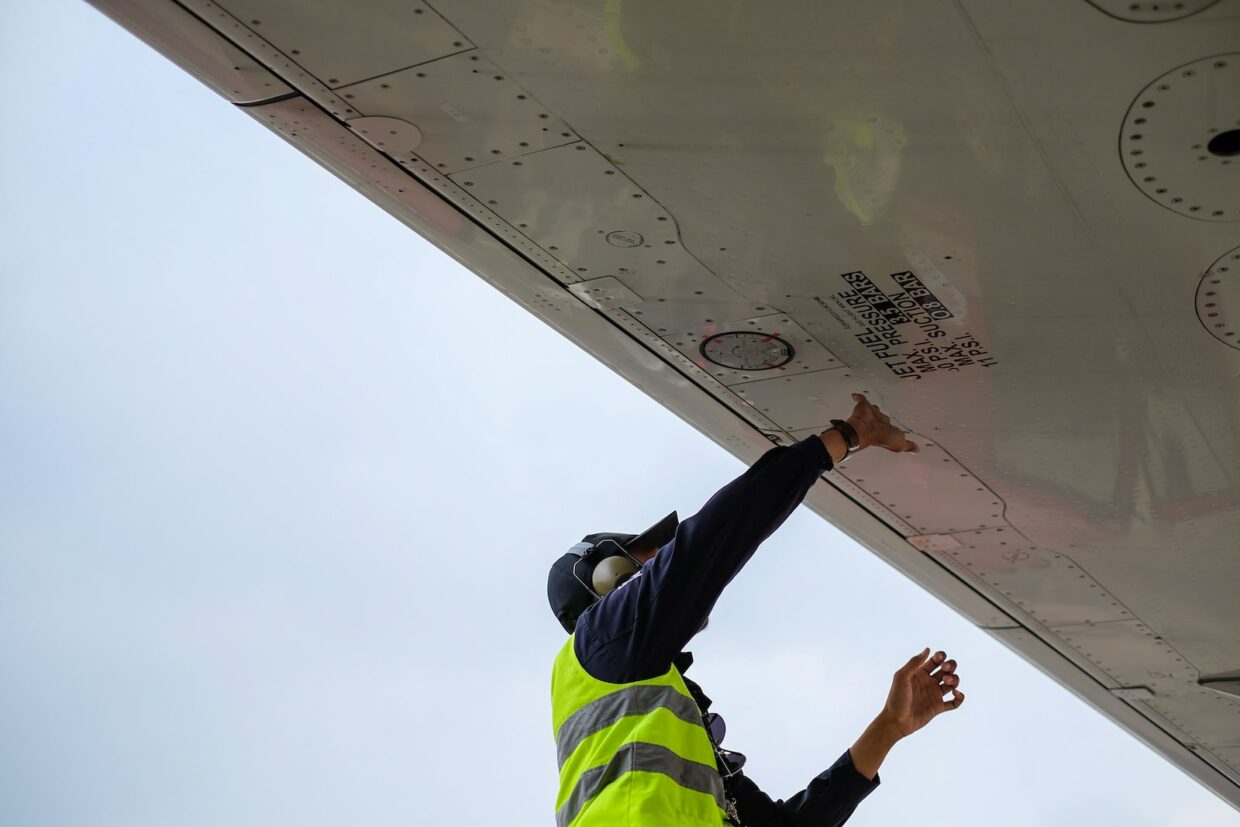New Zealand’s tertiary education system has long been seen as a leader in the region, providing quality and accessible post-secondary education. However, in order to maintain this high level of effectiveness, there is an ongoing challenge to find the right balance between quantity and quality in the system. With an ever-increasing number of students, institutions and programmes, there is a need to ensure that New Zealanders are receiving the best possible education while also ensuring that the system is financially sustainable. In this article we will explore the trade-offs between quantity and quality when it comes to New Zealand’s tertiary education, highlighting how the country is striving to meet the needs of the growing student population.
New Zealand’s Growing Tertiary Education System
New Zealand’s tertiary education system has been growing steadily for a number of years. As of 2019, there were over 400,000 students enrolled in tertiary education, making up approximately 12% of the population. This is a significantly higher percentage than the Organisation for Economic Co-operation and Development (OECD) average, which stands at just 8%. In addition, government spending on tertiary education has grown rapidly, approaching NZ$5 billion in 2018. This is a substantial increase from the NZ$4.4 billion spent in 2017, illustrating the commitment the government has to providing access to quality tertiary education.
This growth in the tertiary education system is largely driven by the changing demographics in New Zealand, as well as the government’s desire to increase the country’s overall skills base. The number of international students has almost doubled since 2008, while the number of New Zealand-born students continues to increase at a rapid pace. This growth in student numbers is a positive sign for the country’s economic future, as it increases the number of skilled workers available to fill in-demand jobs.
Trade-Offs between Quality and Quantity
With the increasing demand for tertiary education, there is an ever-present need to strike a balance between quality and quantity. This means ensuring that students have access to high-quality education programmes and institutions, while also ensuring that the system is financially sustainable. As the number of students increases, so does the need for additional funding to maintain the quality of programmes and institutions. This creates a difficult trade-off between the two, as increasing quality inevitably leads to an increase in costs.
The trade-off between quality and quantity is further complicated by the fact that the system is heavily reliant on government funding. While government spending on tertiary education has been increasing, it is still significantly lower than other countries in the OECD. This means that the system is particularly vulnerable to economic downturns or other changes in funding priorities. In addition, there is significant variation in the quality of tertiary education programmes, with some institutions offering high-quality programmes and others struggling to meet even basic quality standards.
Improving Quality and Accessibility
The New Zealand government is aware of the trade-offs between quantity and quality, and is taking steps to ensure that the country’s tertiary education system can meet the needs of its growing student population. In 2018, the government released the Tertiary Education Strategy, which outlines a range of initiatives aimed at improving the quality of tertiary education while also increasing accessibility and affordability. These initiatives include:
- Increased investment in research and development: The government is investing in research and development in order to ensure that New Zealand’s tertiary education system is on the cutting-edge of educational technology and best practices.
- Reduced fees for low-income students: The government is providing additional funding to students from low-income backgrounds to help make tertiary education more affordable.
In addition, the government is also making a concerted effort to increase the number of scholarships available to students from all walks of life, with a particular focus on those from lower socio-economic backgrounds. This is intended to ensure that the country’s tertiary education system is accessible to all, regardless of financial situation.
Overall, New Zealand’s tertiary education system is facing a challenging balancing act between quantity and quality. The government has recognised this, and is taking steps to ensure that the system remains financially sustainable while also providing high-quality education programmes and institutions. By investing in research and development, reducing fees for low-income students, and increasing the availability of scholarships, New Zealand is striving to ensure that its tertiary education system is of a high standard and accessible to all.







































